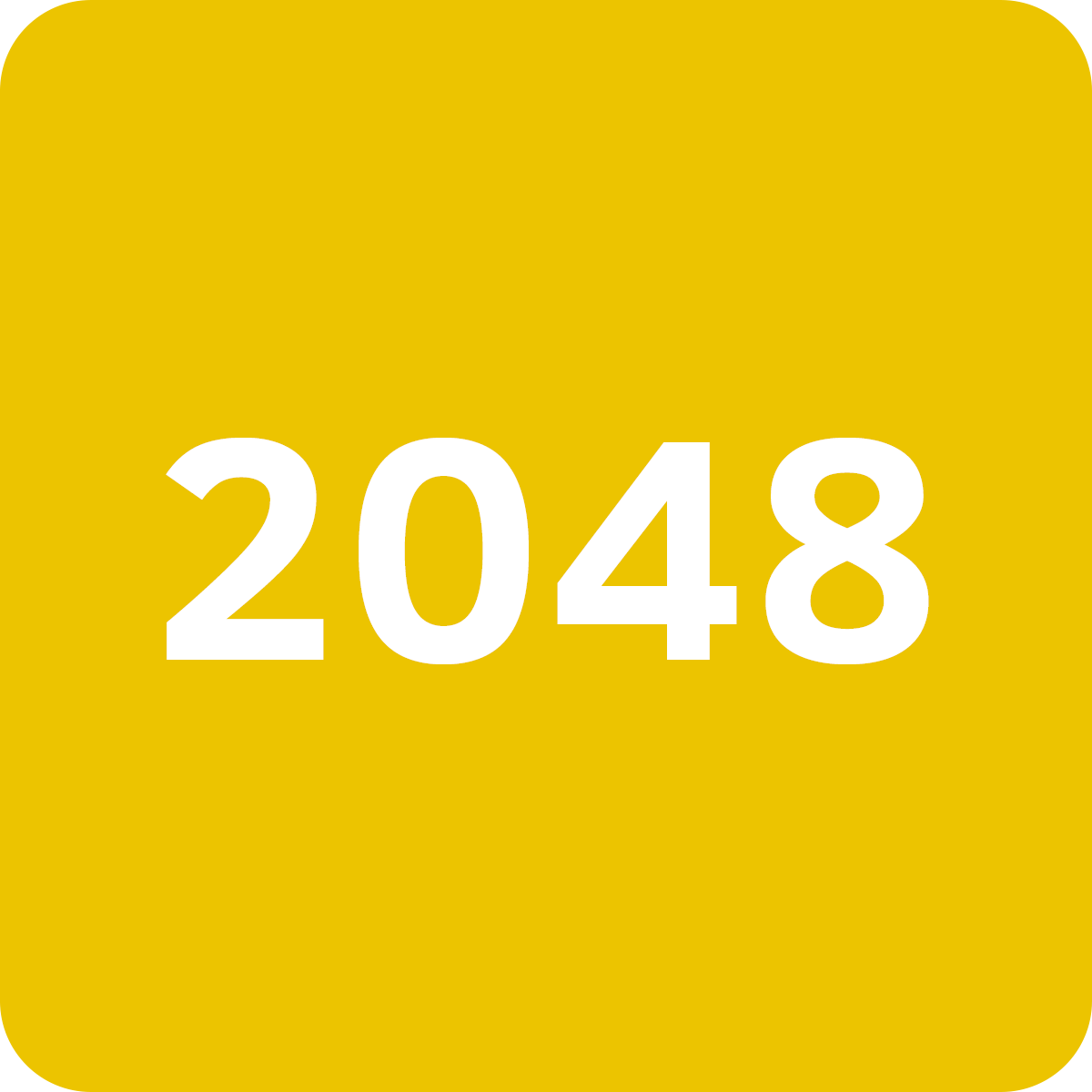2048-NN
Use your arrow keys or swipes to move the tiles. When two tiles with the same number touch, they merge into one!
You can play 2048 by yourself or with the help of NN. You can get some hints from deep learning model by clicking Think button. This trained model can achieve 2048+ in > 94%, 4096+ in > 78% and 8192+ in > 34% of the games.
2048 References
- Template Codes are from mateuszsokola/2048-in-react
- Convolutional Neural Network Model is from tjwei/2048-NN



